Check out my daughter's first book trailer for Mr. Lemoncello's Library Olympics! Throw a thumbs-up her way!
Wednesday, March 30, 2016
Sunday, March 20, 2016
Bones

Jenkins, Steve. 2010. Bones: Skeletons and How They Work. New York: Scholastic Press. ISBN 9780545046510
Topic Summary
Steve Jenkins brings skeletons to life in this nonfiction survey book about bones. From arm bones to ear bones, fruit bat to velociraptor, this book takes you on a journey to learn about how bones are adapted to their purposes, comparing sizes and functions. If you've ever wondered how many bones are in the human skeleton, or what the bones of a dolphin and a dog have in common, this is the book for you!
Critical Analysis
As a survey book about bones, this seems to be an accurate representation. There was no bibliography given, though the author does thank the consulting work of the collections manager of the Department of Mammalogy at the American Museum of Natural History. One of the indicators that give it a greater likelihood of accuracy is that Jenkins notes on each page how the illustrations are proportional. For example, for the spread showing the complete set of human bones, it is noted that the bones are shown at one-fourth actual size. Yet when showcasing the human hand on its own, Jenkins indicates that it is shown at actual size. In addition to giving the reader a better sense of the actual size of the bones, it gives the impression that he was being very deliberate about accuracy in this book.
The organization of Bones is somewhat haphazard. There is no index or table of contents, and the book sometimes seems to jump from topic to topic without a clear indication of structure. The middle of the book goes from joints to symmetry to jumping. But since this is a short, illustration-dominated book, it doesn't detract that much from the overall impact.
For me, it is the illustrations that make this book so alluring. Each page has a different dark, but bold, color background to highlight the simple-but-accurate bone illustrations. There is contrasting white text on each page, both to inform about the topic of the page, as well as to label each bone or animal. The simplicity of it really helps to bring the attention to what it should--the bones. When you have a whole spread of skulls, from human to mouse lemur, that are drawn actual size, it creates an intriguing and curiosity-inspiring inquisitiveness that may well serve as a spring board for the reader to want to further research any or all of the animals featured in this book!
Professional Praise
From School Library Journal: "With applications that range from anatomy to evolution and mathematics, this book will find a place in every collection."
From Booklist: "One of the foremost illuminators of the animal kingdom here takes a peek beneath the skin. . . . Clean design of the intricate skeletons set against solid background colors is striking and provides a wonderful visual introduction to what keeps us all upright."
Connections
If you love Steve Jenkins' style, check out some of his other awesome books!
Actual Size (2011) ISBN 978-0547512914
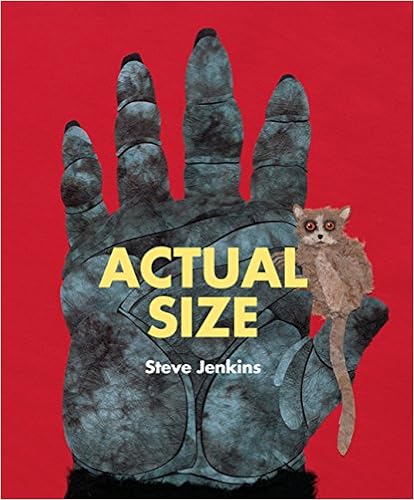
Biggest, Strongest, Fastest (1997) ISBN 978-0395861363
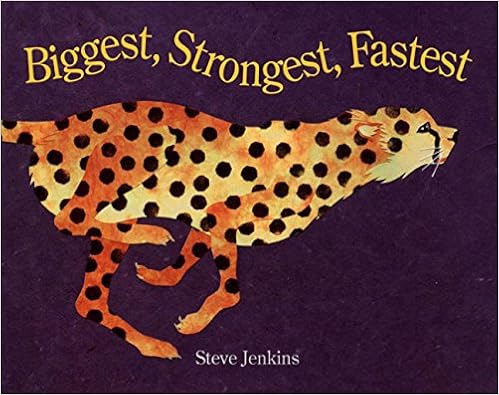
Just a Second (2011) ISBN 978-0618708963
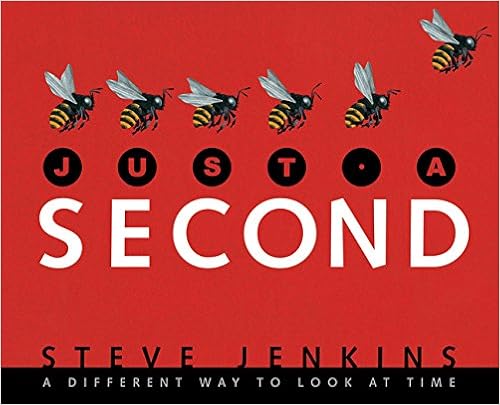
Or if you have some students who want to learn more about the skeletal system, you might want to check out these resources:
Bones: Our Skeletal System, by Seymour Simon (2000) ISBN 978-0688177218

Learning Resources Skeleton Model
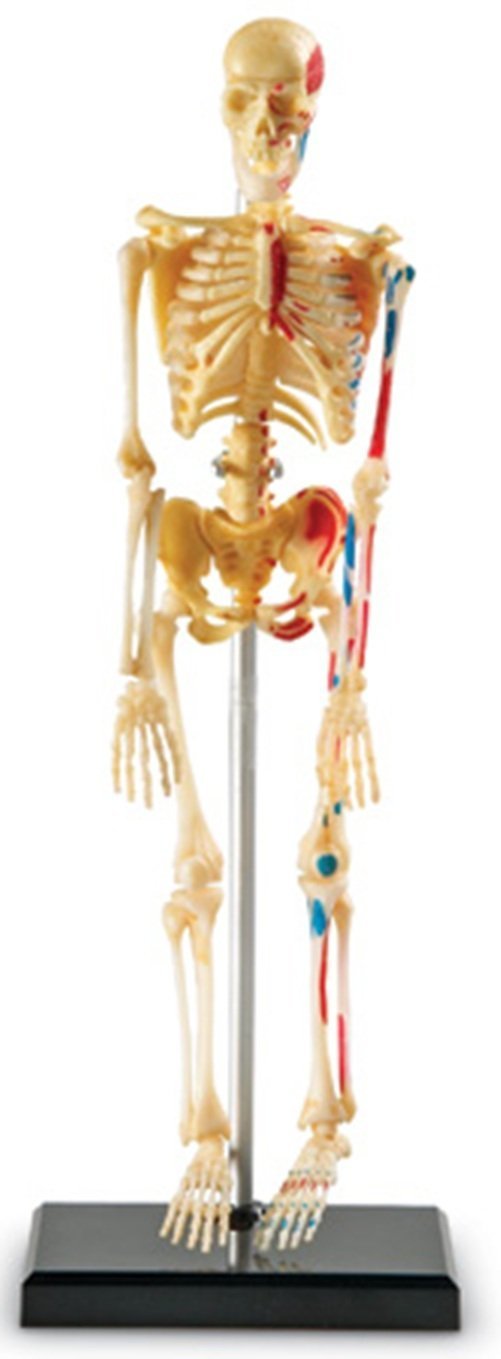
Roylco R5910 Animal X-Ray Set, 8" x 10" Size
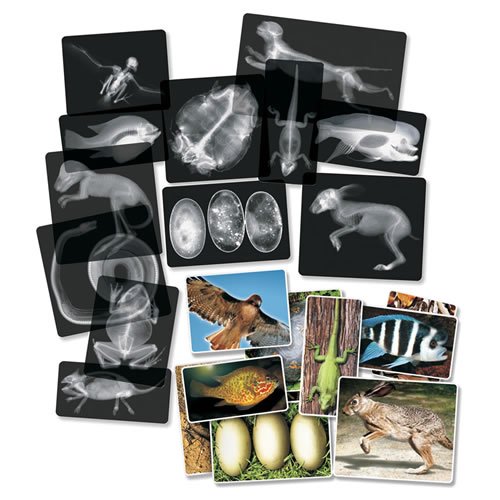
Wednesday, March 16, 2016
The Family Romanov

Fleming, Candace. 2014. The Family Romanov: Murder, Rebellion & the Fall of Imperial Russia. New York: Schwartz & Wade. ISBN 9780375867828
Topic Summary
This biography follows the reign of the last Tsar of Russia, Nicolas II, and his family. It includes brief elements of Nicolas’ family history, but focuses on his reign, the political events during his reign, and glimpses into the lives of ordinary Russian citizens. The Romanovs are a tight-knit family unit, seeming to desire more privacy and isolation than is good for the ruling family of such a vast empire. Not willing to engage with the changing world, including the plight of the peasant, the rising working class, and the opulent apathy of the nobility, Nicolas drifts closer to the edge of the waterfall without even realizing it. With the final abdication of his throne, Nicolas hopes his sacrifice was enough to save the nation. But was it enough? Or was it too little, too late?
Critical Evaluation
As someone who has read a number of books about the Romanov family, I believe this book to be factually accurate. Many of the stories and incidents I have read about previously. To help support the factual accuracy, the author has supplied an extensive bibliography, including primary sources such as family letters and diaries that were preserved. The bulk of the dialog in the book is attributed to various letters or eye witness accounts.
The Family Romanov is divided into four parts: Before the Storm, Dark Clouds Gathering, The Storm Breaks, and Final Days. Each part represents a major theme in Nicolas’ reign. In addition to detailed accounts of the family’s interactions, the author also includes the political environment. Sprinkled throughout the book are inset features called “Beyond the Palace Gates” about life for the commoners, which was an interesting contrast to the lives of the nobility. As you read it, it makes it almost seem as though you are reading about two different places and times, so great was the gulf between the experiences of the upper and lower classes.
For those who are unfamiliar with Russian history, the author also includes a short, one-page “crash course” in Russian ways, including titles, names, and dates. There is also a fairly detailed family tree to help the reader keep track of the sometimes confusing lineages.
The book also includes a number of black and white photographs of the family, made possible in part because of the love the Romanovs had for their Brownie cameras. The pictures give the reader a peek into the more relaxed way of life they enjoyed. There are also photos of the war, and other key players in the political arena of the day.
The Family Romanov is a well-written, interest-holding biography of one of the most mysterious, talked-about royal families of modern times. The author brings out the human side of the members of the family, examining both their strengths and shortcomings. It would be enjoyable read for those who are already interested in Russian history, as well as an excellent and thorough introduction for those who are just beginning.
Professional Praise
Orbis Pictus Award for Outstanding Nonfiction for Children
Robert F. Sibert Nonfiction Honor Book
Cybils Award in Nonfiction for Young Adults
From Horn Book: "The epic, sweeping narrative seamlessly incorporates scholarly authority, primary sources, appropriate historical speculation, and a keen eye for the most telling details."
From School Library Journal: "The informative text illuminates their inability to understand the social conditions in Russia and the impact it might have had on them. This is both a sobering work, and the account of the discovery of their bones and the aftermath is at once fascinating and distressing. A solid resource and good recreational reading for high school students."
Connections
Check out Mary Ann Cappiello's awesome blog The Classroom Bookshelf for an extensive list of resources and activities to go along with The Family Romanov.
Here are some other books about the Romanovs and Russia you can check out!
Magnificence of the Tsars: Ceremonial Men’s Dress of the Imperial Russian Court 1721-1917 (2010). ISBN 978-1851776047

Russian Houses (1995) ISBN 978-3822890493
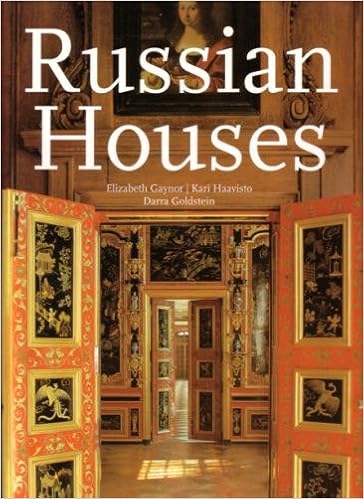
Jewels of the Tsars: The Romanovs and Imperial Russia (2006) ISBN 978-0865651715

The Royal Diaries: Anastasia: The Last Grand Duchess, Russia, 1914 (2000) ISBN 978-0439129084
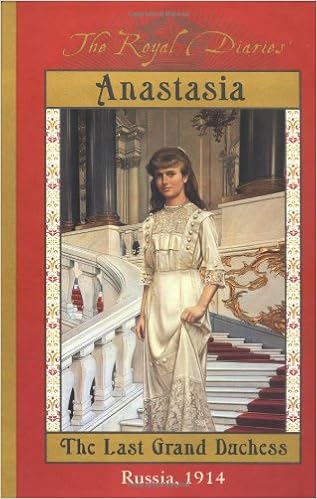
Journal of a Russian Grand Duchess: Complete Annotated 1913 Diary of Olga Romanov, Eldest Daughter of the Last Tsar (2015) ISBN 978-1508449027
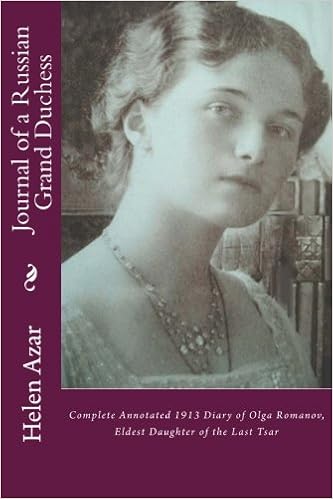
Thursday, March 3, 2016
The Boys Who Challenged Hitler

Hoose, Phillip. 2015. The Boys Who Challenged Hitler. New York: Farrar, Straus and Giroux. ISBN 978-0374300227
Check out my book trailer for this awesome book!
Wednesday, March 2, 2016
The Right Word: Roget and His Thesaurus

Bryant, Jen. 2014. The Right Word: Roget and His Thesaurus. Ill. by Melissa Sweet. Grand Rapids, MI: Eerdmans Books for Young Readers. ISBN 9780802853851
Plot Summary
Have you ever struggled to find just the right word? You can
feel it on the tip of your brain, but you can’t quite grab it. . . so you grab
your nearest thesaurus! In The Right Word,
author Jen Bryant tells the story of Peter Roget, the man of many talents and
interests who created a thesaurus that is still in print today, more than 150
years later. This lovely book will help young readers understand not only who Peter Roget was, but the beautiful thought that went into his "treasure house."
Critical Analysis
Author Jen Bryant uses simple, elegant prose to tell Roget’s
story in this picture book biography. The accuracy of the book is supported by
the Author’s Note, Selected Bibliography, For Further Reading, and Sources
sections. There is limited dialog, restricted to the occasional word bubble.
The pairing of the simple text and the visually stimulating illustrations give the
reader the feeling of the cluttered jumble of ideas and concepts that was the
impetus for Roget and his attempts to organize and control through his lists.
Melissa Sweet, illustrator, created a visual banquet of both
words and pictures in this slim volume. She captured the spirit of list-making
Roget and sprinkled in lists of words, charts, and labels (even for the parts
of the title page of the books!) throughout the book. Each of the vignettes
supports and furthers the story in its own way. One of my favorites is the
pictograph tucked off to the side of the main illustration, indicating how many
friends he had at each of his many childhood homes. In the Illustrator’s Note
at the end, Sweet discusses her inspiration, both literary and scientific for
her colorful, playful, yet systematic drawings, paintings, and mixed media. My
favorite part of the book is the back endpage, where she includes the original
classification lists that Roget first used. It is a small light illuminating a
corner of the brain of a complex, curious, varied man.
Professional Acclaim
2015 The Robert F. Sibert Medal
2015 Caldecott Honor Book
2015 Orbis Pictus Honor Book
From Kirkus Reviews:
“Bryant's prose is bright and well-tuned for young readers. . . . Sweet tops
herself -- again! -- visually reflecting Roget's wide range as a thinker and
product of the Enlightenment.”
From Publisher’s
Weekly: “Together with Bryant's sympathetic account, Sweet's gentle riot of
images and words humanizes the man behind this ubiquitous reference work and
demystifies the thesaurus itself."
Connections
As an introduction to this story, you could give students a pile of objects, such as plastic fruits & vegetables, shoes, silverware, keys, plastic animals, and ask them to sort them out. They will see how organizing and sorting helps to bring order to a jumbled mess, and makes it easier to find what you're looking for.
Other books by Jen Bryant & Melissa Sweet:
A Splash of Red: The Life and Art of Horace Pippin (2013), ISBN 978-0375867125
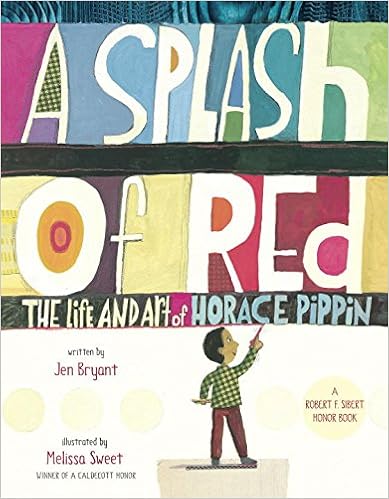
A River of Words: The Story of William Carlos Williams (2008), ISBN 978-0802853028
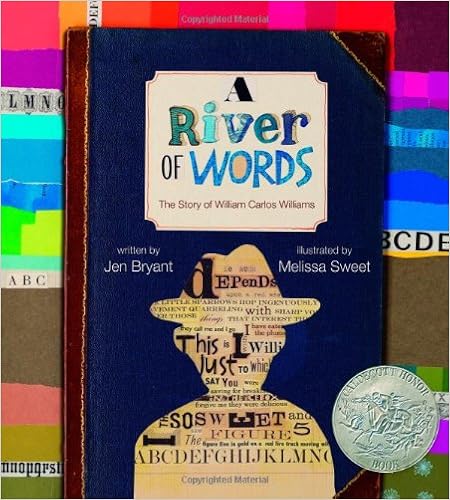
Subscribe to:
Posts (Atom)